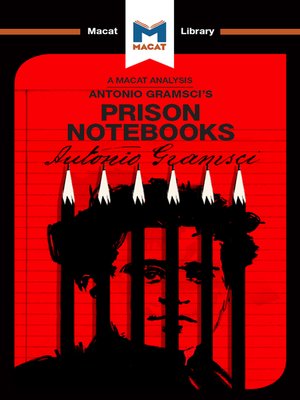

The question is whether we repeatedly fall into the trap of thinking that these dilemmas can be resolved instead of looking for ways to deal with them in daily practice without losing the fundamental values and ethical standards that social work represents.Įl artículo indaga teóricamente la cuestión educativa en los Cuadernos de la cárcel a partir del binomio intelectuales y hegemonía. After discussing the shift from a managerial to a relational notion of transparency, we analyse the various polarities social workers have to deal with in order to develop a transparent practice vis-à-vis service users.


In the first face of our action research, we found that the way in which transparency is realised in the everyday practice of social work is a major challenge. Transparency as a key attitude of the social worker is often taken for granted, both by practitioners and policymakers. Relation transparency is a prerequisite for achieving democratic partnership with service users and their family and social network. In this article, we approach transparency as a relational notion, a key attitude in social work. Transparency is often approached in this context as a managerial notion. Overriding all, however, is Gramsci's reading of the concrete situation.ĭuring recent decades, the notion of transparency has become a guiding framework in social work policy and practice. Gramsci's university linguistics studies also proved important, with the questions of linguistic substrata (which foreshadow later sociolinguistic notions) and the dialect/national language relation being crucial. Major inputs, as seen from the Prison Notebooks, also stem from Benedetto Croce and from various aspects of Machiavelli, including language. Later, when he was a member of the Comintern Executive in Moscow (1922–3), the term circulated freely among leading Bolsheviks (Lenin included), as Bukharin confirms explicitly, and shortly afterward began to appear in Gramsci's letters and other writings. Among these sources one may point to the well-established (albeit usually ignored) use of the term by Italian socialists when Gramsci was a young journalist.

In addition, a particular written text will be chosen to further testify the way of how hegemony is represented in a particular text or discourse.This article attempts to single out key sources, avoiding any unilateral attribution, for the concept of hegemony as developed by Antonio Gramsci throughout the entire course of his prison writings. For the reason of non-discursive elements having determined effects in the formation of discursive hegemony, the paper will also explore hegemony beyond the linguistic perspective by means of the concept "discourse" constructed in Fairclough’s Critical Discourse Analysis model. The representational pattern will be embarked upon level by level, mainly from the linguistic perspective such as field of discourse, transitivity, and the choice and meaning of words. Representational Pattern of Discursive HegemonyĬritical Discourse Analysis Representation Hegemony ManipulationĪBSTRACT: The paper aims to construct a practical representational pattern, which is to uncover the way the discursive hegemony exists in the content of text.


 0 kommentar(er)
0 kommentar(er)
